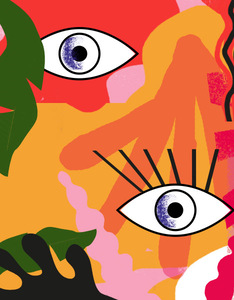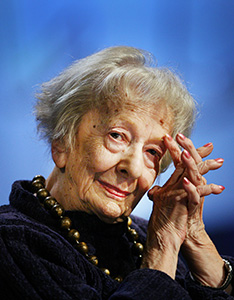Artists in Arms: Arts & Culture on the Trail of Anders' Army, 1941-1945
Artists and war – a combination that does not surprise anyone anymore. However, Anders' Army, founded 80 years ago, is still a unique phenomenon today. To mark the anniversary of the founding of this extraordinary formation, the Adam Mickiewicz Institute invites you on a multimedia journey: Artists in Arms (www.artistsinarms.pl). This is the story of artists and people of culture, and their war-torn route from detention in Buzuluk in Russia to fighting in Monte Cassino in Italy, and further – to Paris, London, Rome.
The Anders Army was made up of citizens of the Second Polish Republic (the official name for Poland in the Interwar period): former soldiers of the Polish Army, gulag prisoners, civilians, among them a large group of artists and people of culture. Fate brought them trauma from the loss of loved ones, the hardships of the war trail and post-war wandering, and finally life away from their homeland.
‘Culture and art, confronted with a crisis of human values, played a fascinating role in the extraordinary history of Anders' Army. In this multi-threaded story, we follow how, under these extreme conditions, culture and art brought hope, consolation, gave respite and entertainment, showed a different, better world,’ says Barbara Schabowska, director of the Adam Mickiewicz Institute.
Our heroes on the Anders trail are: Józef Czapski, who went looking for his missing colleagues ‘in an inhuman land’; actress Hanna Ordonówna, who dedicated herself to saving children; famed poets Władysław Broniewski and Marian Czuchnowski; iconic writers and columnists Melchior Wańkowicz, Gustaw Herling-Grudziński and Jerzy Giedroyc; pioneering filmmaker Michał Waszyński; and one of the fathers of Polish jazz, Henryk Wars. And also a whole galaxy of painters and cartoonists, actresses and singers, composers and musicians, reporters and journalists actively involved in the fight for human values.
Geared towards an international audience, the project www.artistsinarms.pl provides in-depth but accessible knowledge about the history of Poland and Poles during the Second World War through culture and art. Users can choose from three language versions: English, Polish and Russian. It uses unique archival materials from the collections of the Sikorski Institute in London, while its visual style, created by the studio Rzeczyobrazkowe, combines the pre-war aesthetics of collage with modern design.
Contact for media:
Katarzyna Mitrovič
+48 601 800 268
The Adam Mickiewicz Institute (iam.pl/en) is a national cultural institution whose goal is to build a lasting interest in Polish culture in the world. The institute co-operates with foreign partners and initiates international cultural exchange in dialogue with recipients, in line with the assumptions of Polish foreign policy. The institute has realised and implemented cultural projects in 70 countries across 6 continents, including Great Britain, France, Russia, Israel, Germany, Turkey, USA, Canada, Australia, Morocco, Ukraine, Lithuania, Latvia, as well as in China, Japan and Korea. As part of the activities carried out so far, the institute has presented 38 strategic programmes, which have reached 60 million people. The Adam Mickiewicz Institute is a subsidiary of the Ministry of Culture, National Heritage and Sport.


